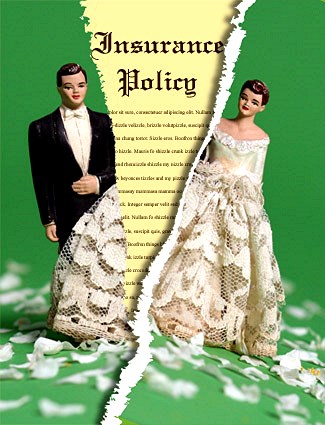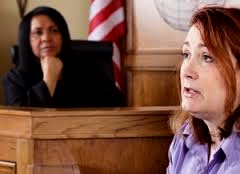656621 BC Ltd v David Moerman Painting 2022 BCSC 1683 discussed the adverse inference discretionary rule of evidence that permits the Court to draw an adverse inference against a party by reason of his or her failure to call a witness who could be expected to give material evidence in their favour at trial: Singh v. Reddy, 2019 BCCA 79 at para. 1 [Singh]; Thomasson v. Moeller, 2016 BCCA 14 at para. 35
The adverse inference rule is discretionary, and a trial judge is not obliged to draw an adverse inference: Singh at para. 9; Thomasson at para. 34.
An adverse inference is not to be drawn unless a prima facie case is established: Thomasson at para. 35; Cranewood v. Norisawa, 2001 BCSC 1126 at para. 127 [
In Singh, the Court of Appeal endorsed the following considerations listed in A. W. Mewett and P.J. Sankoff’s Witnesses (loose leaf) as relevant for consideration in determining whether it is appropriate to draw an adverse inference:
• whether there is a legitimate explanation for the failure to call the witness;
• whether the witness is within the “exclusive control” of the party, and was not “equally available to both parties”’
• whether the witness has material evidence to provide; and
• whether the witness is the only person or the best person who can provide the evidence.
While the plaintiffs argue it is highly irregular for a party witness not to testify in a civil trial (relying upon Solberg v. Carriere, 2014 BCSC 1668 at para. 38), there is no automatic adverse inference drawn when a party fails to testify.
Further, Solberg confirms that if the plaintiff has failed to establish a prima facie case against the defendant “no adverse inference will be drawn should the defendant not testify”: at para. 38. See also O’Connell v. Yung, 2012 BCCA 57 at para. 31; and Kern v. Forest, 2010 BCSC 938 at para. 174.
Plaintiffs must establish a prima facie case
The jurisprudence establishes that the party asking the court to draw an adverse inference must present some evidence that, in the words of Justice Spencer in Alavinejad, “would tend to prove the facts to be inferred to the extent that they demand an answer from the defendant”, and does not require they present evidence that establishes their prima facie case at large.
The adverse inference rule is a discretionary evidentiary rule. I am satisfied the party seeking the adverse inference must establish there is a prima facie case for the specific adverse inference being sought, and not for the case at large. This raises the issue of what standard of evidence is necessary to establish such a prima facie case.
The Manitoba Court of Appeal described the standard for establishing a prima facie case in The Director of Criminal Property and Forfeiture v. Ramdath et al, 2021 MBCA 23 [Ramdath et al], in the following manner:
The “prima facie” standard is situated on the standard of proof spectrum between “balance of probabilities” and “reasonable grounds to believe”. Black’s Law Dictionary defines prima facie as “on first appearance but subject to further evidence or information” (Bryan A Garner et al, eds, Black’s Law Dictionary, 10th ed (St. Paul, Minn: Thomson Reuters, 2014) sub verbo “prima facie”). The term “prima facie” is used in several different contexts and is somewhat loosely defined. The phrases “prima facie proof”, “prima facie evidence” and “prima facie case” have at times been used interchangeably, contributing to the confusion around what, exactly, is the prima facie case standard of proof (Sidney N Lederman, Alan W Bryant & Michelle K Fuerst, The Law of Evidence in Canada, 5th ed (Toronto: LexisNexis, 2018) at sections 3.36-3.44).
The Supreme Court of Canada has provided helpful guidance on what constitutes a “prima facie case” standard in the context of criminal law and extradition law. It is a “case containing evidence on all essential points of a charge which, if believed by the trier of fact and unanswered, would warrant [the order sought]” (Mezzo v The Queen, [1986] 1 SCR 802 at 837; see also United States of America v Shephard, [1977] 2 SCR 1067 at 1074-77)
The Court of Appeal describes the lower or less demanding standard of proof of “reasonable grounds to believe”, which entails an objective test which is based on “credibly-based probability”, and is met “when it is probable that something will happen, and the lower standard of “reasonable suspicion” which must also be grounded in objective fact, and is met “when it is probable that something might happen: Ramdath et al at paras. 23 and 25.










